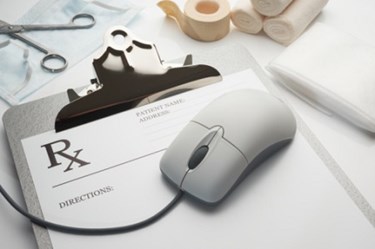Are Scribes Hurting EHR Design?

By Katie Wike, contributing writer

Could the use of scribes be hindering the improvement of EHRs and putting patients at risk?
“Use of medical scribes – unlicensed individuals hired to enter information into the EHR under clinician supervision – has increased substantially. Scribes reportedly enable physicians to see more patients; generate more revenue; and improve productivity, efficiency, accuracy of clinical documentation and billing, and patient satisfaction,” explains an article in the Journal of the American Medical Association.
Health IT Outcomes reported earlier in 2014 that doctors were happy to sacrifice $8-$16 per hour to gain a scribe for all their data entry duties. According to Fierce EMR, at least 22 companies provide scribes to physicians and hospitals in 44 states. Experts estimate there will be 20,000 scribes by the end of 2014. By 2020, there will be an estimated one scribe for every nine physicians.
The authors of the article believe that while the business of scribes is booming, their growth may be hindering the growth of EHRs. “Despite scribes’ reported value, this industry should be viewed as what it is: a workaround or adaptation to the suboptimal state of today’s EHRs.”
The JAMA article recommends that rather than turning to scribes, providers demand better products from their EHR vendors.
“Electronic health records, like most technology, are not static but are evolving, although not as rapidly as desired,” say the authors. “By reducing market demand and pressure on industry for needed improvements, the medical scribe industry (and inadvertently its customers) may contribute to an unintended, undesirable outcome: a deceleration and possibly stagnation in EHR technological improvement.”
